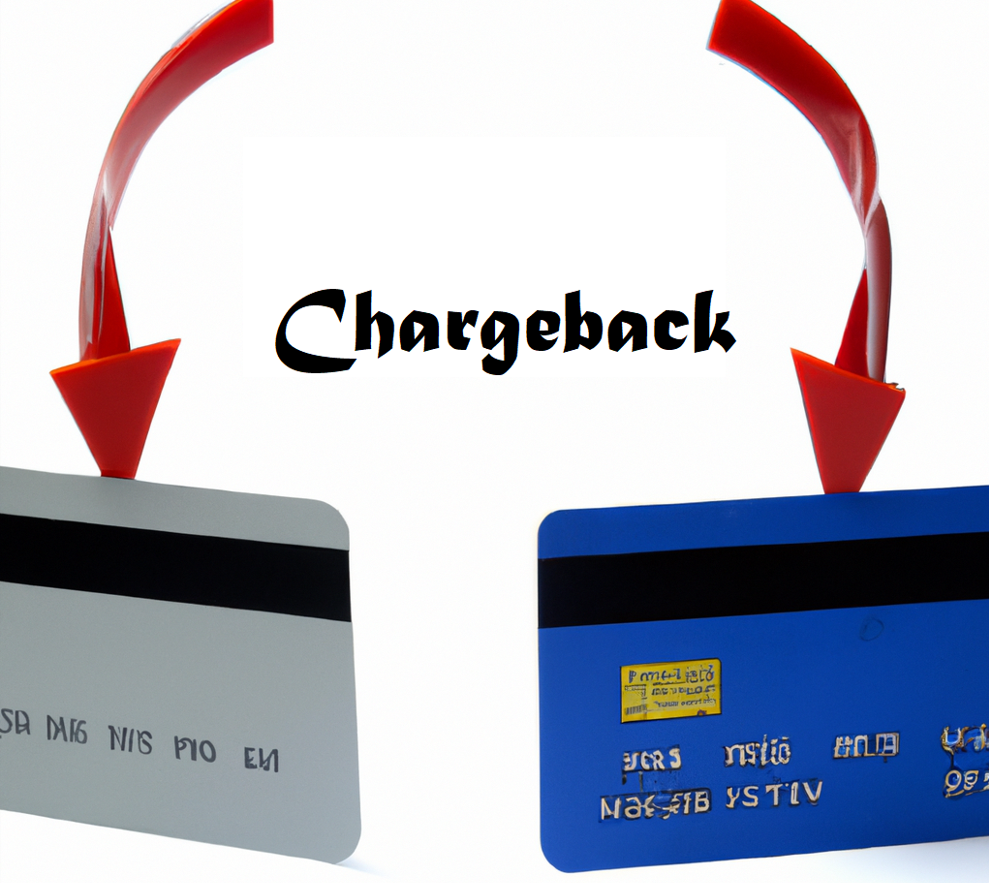
In today's era, due to the prevalence of online consumption, many people choose to use online payment to complete the shopping process. However, at the same time, the phenomenon of refusal to pay also occurs from time to time. So, what is a chargeback? What is the chargeback process like? How to prevent chargeback?
What is a chargeback?
Chargeback means that the cardholder submits a request to the card issuing bank to cancel the transaction authorization. After verification, the card issuing bank will request the acquiring bank to return the money to the cardholder once it is confirmed to be true. In other words, chargeback is an act of canceling the transaction and returning the payment, which refers to a way for consumers to revoke the signing authorization granted to the consumption transaction and return the payment for the submitted transaction to the consumer's account.
Difference between chargeback and normal refund
The difference between chargeback and ordinary refund is that ordinary refund is a refund operation initiated and completed by the merchant through the payment platform after negotiation between the merchant and the consumer. The chargeback is initiated by the consumer through the bank, which needs to be verified by the bank before being refunded. In addition, there is an additional fee for chargebacks, because merchants need to pay a chargeback fee to the acquiring bank, while ordinary refunds do not require this fee.
Reasons for chargeback
There are many reasons for a chargeback, the most common of which are:
l Fraud: It is a transaction that is not authorized by the cardholder himself, and the cardholder claims that they did not make or authorize the transaction. Such as credit card fraud, counterfeit card transactions, etc.
l Consumer disputes: poor quality of received products, wrong goods, damaged goods, non-delivery by merchants, undeliverable delivery, overtime delivery, unreceived goods, etc.
l Seller’s operation error: For example, the seller accidentally charged the cardholder twice or when the cardholder has questions about the order and initiates a consultation, there is no customer service response, which leads to emotional instability and initiates a chargeback.
l Malicious chargeback: the cardholder himself consumes, but the cardholder refuses to pay for the transaction after receiving the goods. For cardholders who maliciously refuse to pay, the bank's behavior is generally to put them in the blacklist, which will affect their credit records. So malicious chargebacks are rare.

Process of chargeback
When the cardholder files a chargeback with the issuing bank (they typically have up to 120 days after purchase to dispute the charge, although some issuers allow up to 365 days), the issuing bank will typically verify this. If the reason for the refusal is true, the bank will require the merchant to return the money collected to the cardholder.
The chargeback process is generally as follows:
l the consumer submits a chargeback application to the bank,
l the bank reviews the evidence provided by the consumer,
l the bank sends the chargeback to the acquiring agency,
l the acquiring agency notifies the merchant,
l the merchant provides defense materials,
l and the bank based on the evidence provided by the consumer Judgment of the result with the merchant's defense materials.
Impact of chargeback on merchants
If there are many chargebacks and a high chargeback rate, it will have a great impact on merchants:
l The chargeback rate will affect the seller's payment performance, and to a certain extent, it also represents the product quality of the merchant. If the chargeback rate is high, the reputation of the merchant will be greatly damaged, which will lead to consumers' trust in the merchant and the brand affected, thereby negatively affecting the business image and sales.
l If there are many chargebacks, merchants need to spend a lot of time, manpower and money to deal with chargeback disputes.
l If there are many chargebacks, The merchant's revenue will also be affected, and related chargeback fees will also need to be paid.
l If the chargeback rate is high, the bank may refuse the merchant to continue to pay through their channels.
How to prevent chargebacks
l Merchants must first check the quality and logistics of their own products at all times, communicate with buyers at any time, and keep communication records. If buyers maliciously refuse to pay, they can integrate evidence and report the situation to the issuing bank for complaint arbitration.
l It is necessary to improve the refund process, provide a reasonable refund process and refund policy; make it convenient for customers to directly apply for returns and exchanges without having to appeal to the bank.
l Provide your email address and phone number on your website and in your emails so customers can easily contact you. When a customer encounters a problem and contacts the seller, the customer should promptly and effectively give feedback on the problem raised by the customer to avoid the customer's refusal to pay due to emotional problems.
l Avoid misunderstandings. Describe your product clearly and accurately; communicate with customers in time if the product is out of stock; quickly answer any questions from customers.
l Fraud prevention. MoneyCollect's risk control system considers various behaviors of the payer and various key factors to make comprehensive judgments to help you minimize the occurrence of fraud.





